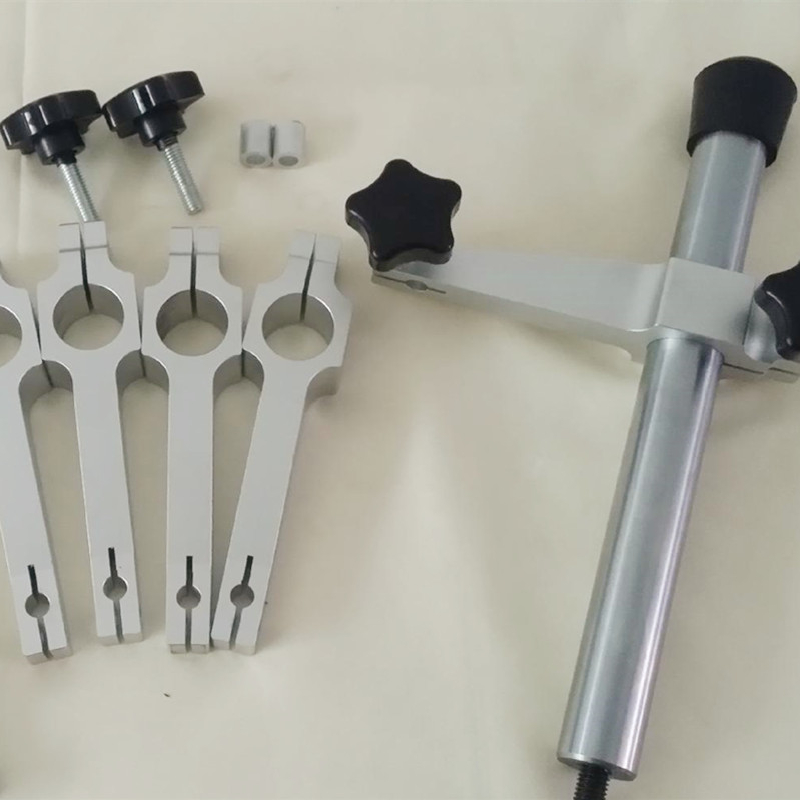Sep . 21, 2024 11:07 Back to list
water control valves types
An Overview of Water Control Valve Types
Water control valves play a crucial role in managing the flow of water in various applications, ranging from irrigation systems in agriculture to industrial processes and municipal water supply. Understanding the different types of water control valves is essential for selecting the right one for a specific application, as each type has unique features and functionalities.
1. Gate Valves
Gate valves are commonly used for on/off control of water flow. They are designed to be fully opened or closed, providing minimal resistance to fluid flow when fully open. This type of valve is often employed in applications where a straight-line flow of fluid and minimum flow restriction is essential. While gate valves can handle high-pressure systems, they are not suitable for regulating flow, as they can cause significant turbulence due to their design.
2. Globe Valves
Globe valves are primarily used for throttling and regulating flow in a pipeline. Their spherical shape allows for a large surface area around the flow path, which enables finer control over fluid regulation. They are typically used in systems requiring flow adjustment and can handle high pressures effectively. However, globe valves tend to create more pressure loss than gate valves, making them less ideal for applications where pressure drop is a concern.
3. Ball Valves
Ball valves are known for their quick-acting capabilities, as they can be turned on or off with just a quarter turn of the handle. The design features a hollow sphere (the ball) that allows or obstructs flow, making them suitable for applications needing rapid shut-off. They offer good sealing capabilities and can handle high pressures and temperatures, making them versatile in various industries, including water treatment and gas distribution.
water control valves types

4. Butterfly Valves
Butterfly valves are compact and lightweight, making them ideal for applications requiring space-saving solutions. They consist of a circular disk (the butterfly) that rotates on a hinge to regulate water flow. When fully opened, they provide a minimal flow restriction. Butterfly valves are predominantly used in large-scale applications, such as waterworks and wastewater management, due to their ability to handle large volumes of water and various pressures efficiently.
5. Check Valves
Check valves, also known as non-return valves, are designed to prevent backflow in a piping system. They allow water to flow in one direction only, which is crucial in preventing contamination and maintaining system integrity. There are various designs, including swing check valves and lift check valves, each suitable for different applications, such as pump discharge lines and irrigation systems.
6. Solenoid Valves
Solenoid valves are electrically actuated valves that control the flow of water using an electromagnetic solenoid. They are commonly used in irrigation systems, automatic water controls, and various automated systems. Solenoid valves offer precise control and are essential in applications requiring timed operations.
Conclusion
Choosing the right type of water control valve is critical for ensuring the efficiency and effectiveness of water management systems. Each valve type, from gate and globe valves to butterfly and solenoid valves, serves specific functions and is suited for different operational needs. By understanding the unique characteristics of each valve, engineers and system designers can optimize performance and maintain the integrity of water distribution and control systems.
-
Y Type Strainer Cleaning ProceduresNewsJul.02,2025
-
Welding Table Cast Iron Heat ResistanceNewsJul.02,2025
-
Spline Ring Gauge Roundness VerificationNewsJul.02,2025
-
Ring Gauge Set for Thread InspectionNewsJul.02,2025
-
Measurement Platform Surface FlatnessNewsJul.02,2025
-
Granite Box Thickness StandardsNewsJul.02,2025
Related PRODUCTS









